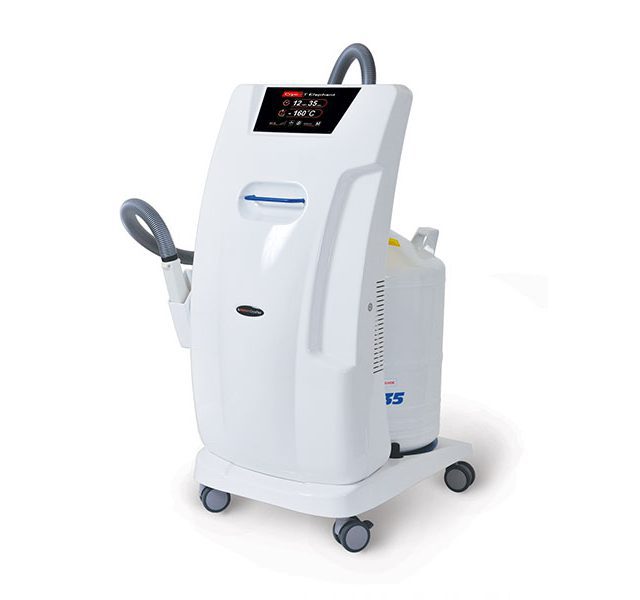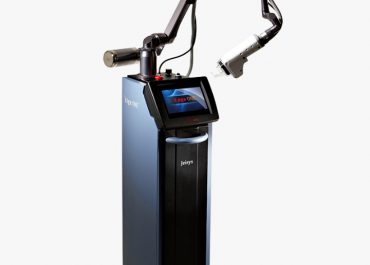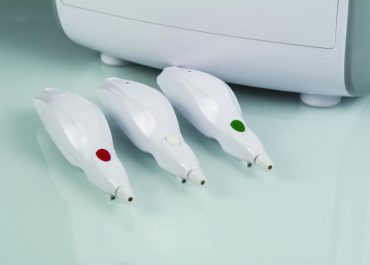Cryotherapy or cryosurgery with liquid nitrogen is one of the most common methods of treating skin lesions, hemorrhoids, oral diseases, and bone tumors. This method is based on destroying the target cells by sudden cooling and is used for a wide range of diseases. In some cases, cryotherapy of the lesion must be performed several times to achieve the desired result.
Applications in dermatology
1- Skin discoloration (pigmentation): such as sun spots and freckles
۲- Skin drilling
Note: CREO is prohibited to be used in the treatment of pigmented moles, which are precancerous lesions, because the resulting changes within cells accelerate and facilitate the propensity of malignant tumors to these lesions.
4- Vascular lesions such as: types of hemangiomas, including Kaposi’s sarcoma
- Some viral lesions such as warts and molluscum contagiosum
6- Skin problems such as: milia, skin tags and seborrheic keratosis
7- Swollen scars
Mechanism of Action
The mechanism of cryotherapy can be explained in 3 stages:
First stage, heat transfer stage: The most common material used for refrigeration is liquid nitrogen, which should be used as a spray or probe on the pest to create a point -196 ° C and used on the pest to the heat transfer stage. It occurs quickly from the skin to the freezing fluid and prepares to destroy the cells at the site of the lesion.
Stage II, stage of cell destruction: immobilization of the lesion due to intracellular hyperosmosis, followed by sudden and rapid destruction of cells. Studies have shown that after a rapid breakdown, the ability of fibroblasts to produce collagen decreases, and this provides the best treatment for skin problems.
The third stage, the inflammatory stage: This inflammation is accompanied by edema, redness, and sometimes blisters and is a normal response to the cell death process.
Explanation: It should be noted that a cold of 196 degrees occurs only if liquid nitrogen is used and continues to be sprayed on the lesion, and if you wipe liquid nitrogen on the lesion, only -20 degrees of cold is transferred, and in many cases it causes treatment failure or Incomplete treatment.
Notice :
Partial contraindications: cold intolerance, disturbed globinemia (a type of blood disorder), history of Raynaud’s syndrome, any disease with high levels of cryoglobulin proteins (such as active ulcerative colitis, acute and active collagen vascular disease)
Absolute contraindications: known sensitivity or significant adverse reactions to cryotherapy, patients who do not accept the possibility of hypopigmentation, some malignancies (melanoma and squamous cell carcinoma), lesions in areas with poor blood flow, lesions requiring biopsies for diagnosis.







